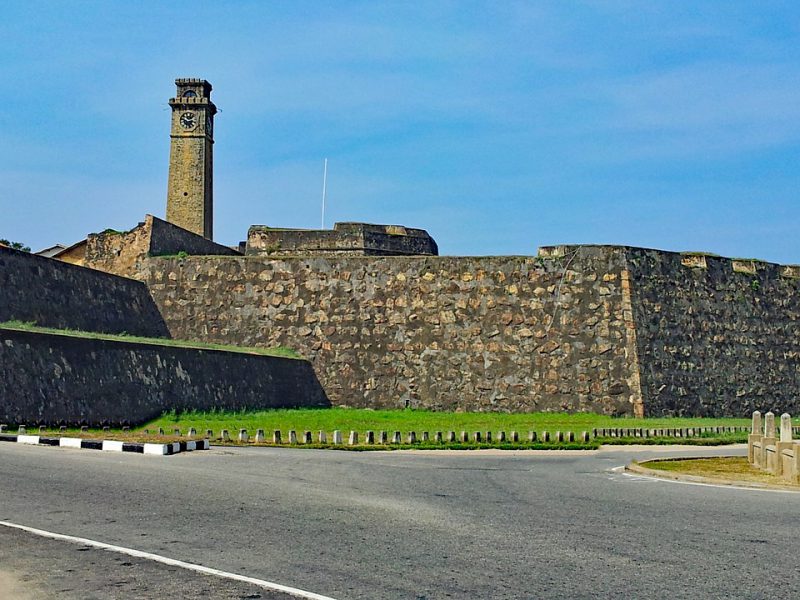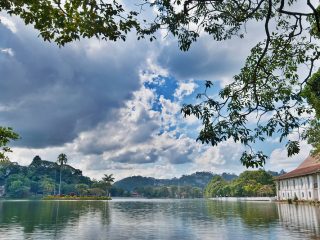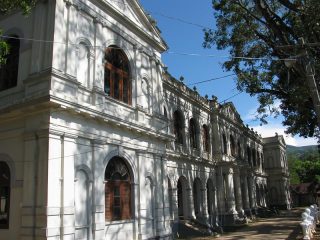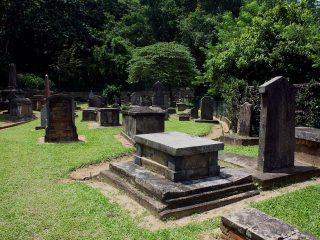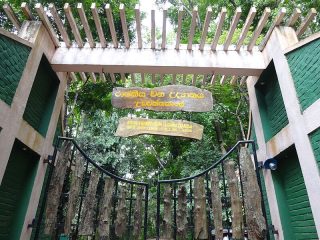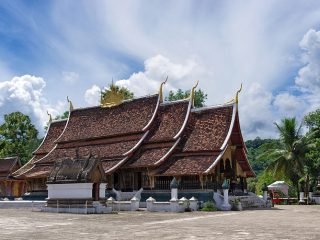Originally built in the late 16th Century, the stunning Galle Fort aptly features the unique blend of South Asian and European architectural styles. Read on to know more facts.
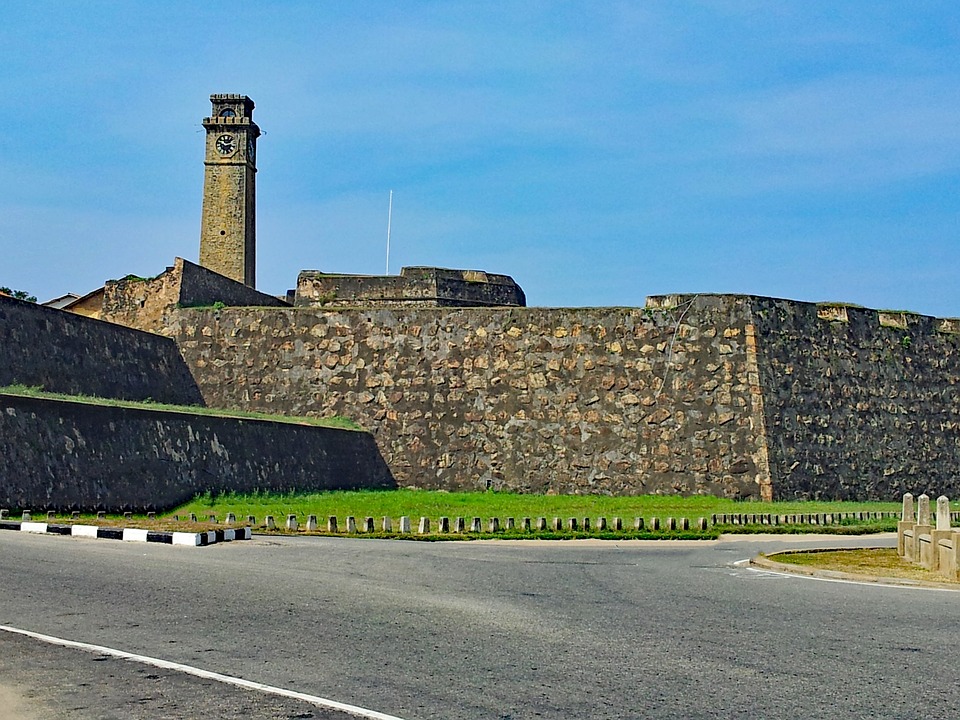
History
Also known as the Dutch Fort, the majestic Galle Fort is not only a significant UNESCO World Heritage Site but a remnant that reminds us of the colonial legacy prevailed in the country many centuries back. It was originally constructed by the Portuguese for different purposes due to its strategic location in the southern coastal line.
Portuguese Heritage
In 1505, the Portuguese made their initial landing in Galle. They maintained a close rapport with the King of the time and made several changes to the city including the construction of Franciscan chapel in 1541. Initially, came to be known as ‘Santa Cruz’, the fort had three bastions, watchtower, and a fortalice.
Restructuring
It was the Dutch who took steps to encircle the whole area with fortifications with an aim of defending themselves against potential enemies. As you can see it today, they have utilized a well-planned grid layout to re-build the town. Eventually, the British constructed a lighthouse and many houses inside the fort.
As it stands today
The Galle Fort as it stands today is not only one of the most visited tourist attractions in southern Sri Lanka but also a place brimming with high profile cultural events including the Galle Literary Festival. Lined with trendy cafés, restaurants and Galle hotels the likes of The Fortress Resort and Spa, the Galle Fort is an enchanting attraction where everyone would love to spend some time.
Fritzjames Stephen is a travel writer, who writes content based on the myriad of experiences and indulgences that the world has to offer travellers across all walks of life. Google+

